12 Herbs That Relieve Pain
Whether it is a headache, muscular aches or the agony of a fall, everyone has some form of pain at some point of their lives. And then there is short lived pain, like the one you get from slamming your finger in a door, or the chronic pain of arthritis, stress headaches or digestive issues.
Of course, there is a good reason for pain. It is our body’s way of telling us something is wrong. But wouldn’t it be nice if we could just say “Thanks, I got the message” and it disappeared again?
Unfortunately, that doesn’t happen, but before you reach for the aspirin or ibuprofen, why not try a herbal remedy?
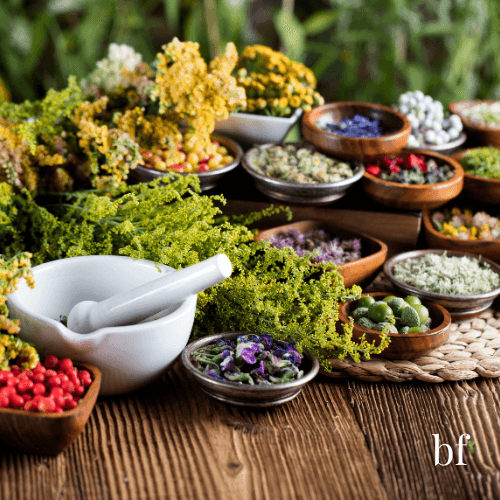
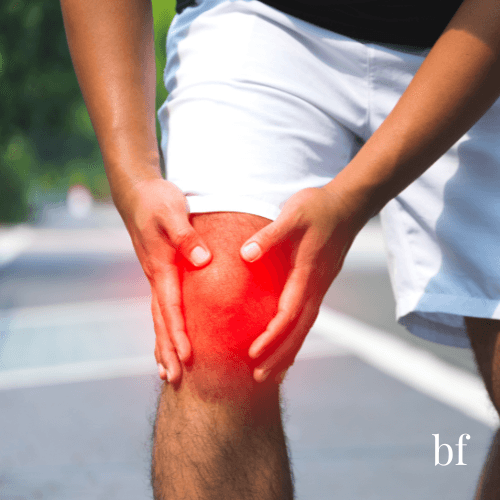
There are hundreds of herbs that can relieve pain but, for this article, I have chosen 12 which are easily available and have a broad spectrum of uses.
Here is a downloadable information sheet to keep on hand for easy reference.
Cloves – Syzygium aromaticum
Does the smell of cloves remind you of the dentist? They have been used since the 3rd century BCE for treating toothaches and oral infections, and they still are.
Even though the dentist isn’t likely to give you a clove to suck, the ingredients of the pain reliever, cement for the fillings, and the aftercare treatment, all contain eugenol, the main constituent of cloves.
And you don’t have to stop at the mouth. Clove oil works wonders on joint pain and massaged gently into the stomach will ease tummy cramps.
Next time you have a toothache, grab a clove and suck on it for a while. The pain will soon disappear and, a bonus, your breath will be fresher too.
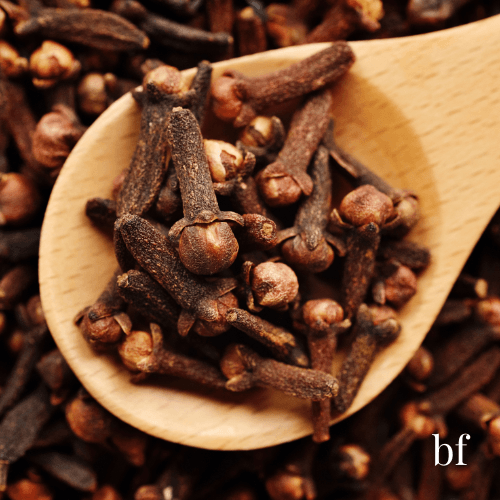
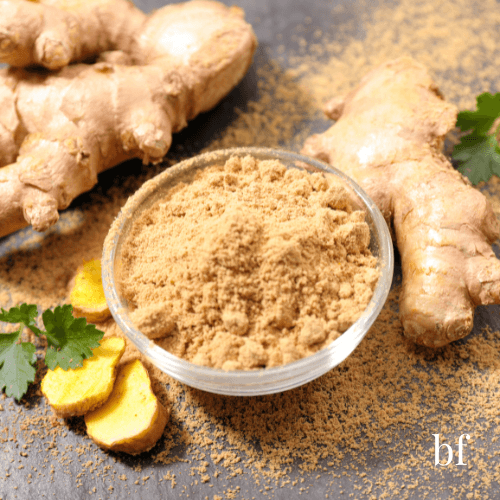
Ginger (Zingiber officinale)
Ginger has been a cornerstone of traditional medicine for over 2,500 years used to treat a long list of ailments, including pain and inflammation.
Today, science confirms what herbalists always knew and agree that ginger reduces muscle pain, menstrual cramps, and joint inflammation. They agree that it is ideal for cold-related pain, such as stiffness or poor circulation and doesn’t have the side effects of NSAIDs.
Ginger can be taken as a tea, in capsules or tinctures, or as a topical compress, cream or massage oil.
Turmeric - Curcuma longa
Known as the “golden spice,” turmeric has been used for more than 4000 years by Indian healers. It is a powerful medicine and especially good for managing chronic pain and inflammation and is another herb that doesn’t have the side effects of pharmaceutical drugs.
Turmeric is most effective when taken with black pepper (which enhances absorption) and fat. It can be consumed as a tea, capsule, or paste, or added to food. For joint pain, turmeric-infused oils are used in traditional massage therapies.
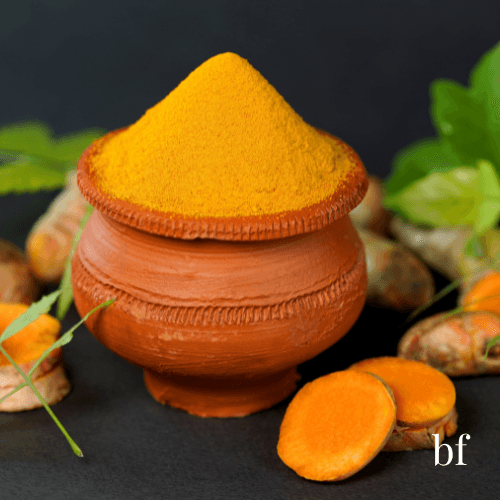
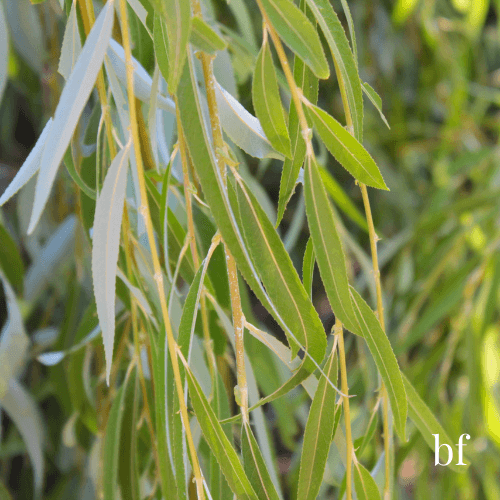
White willow (Salix alba)
As early as 400 BC, Hippocrates and early Greek physicians recommended chewing willow bark to relieve pain and inflammation. Native American tribes also brewed it into teas for headaches, fevers, and joint pain.
It works by reducing inflammation and blocking pain signals, making it especially useful for arthritis, back pain, headaches and menstrual cramps.
It can be taken as a tea, tincture, or capsule. It doesn’t act as quickly as aspirin but is far gentler on the stomach.
Meadowsweet - Filipendula ulmaria
Used by the Druids and in medieval herbalism, meadowsweet was prized for treating fevers, headaches, and digestive discomfort. In the 19th century, scientists isolated salicylic acid from meadowsweet, which later inspired the creation of aspirin—one of the world’s most widely used painkillers.
It reduces inflammation and relieves pain, especially in joints, muscles, and the digestive tract. Unlike synthetic aspirin, it contains tannins and mucilage which help protect the stomach lining, making it gentler for long-term use. It is usually taken as a tea or tincture.
NB. It should be avoided by those allergic to aspirin or taking blood-thinning medications.

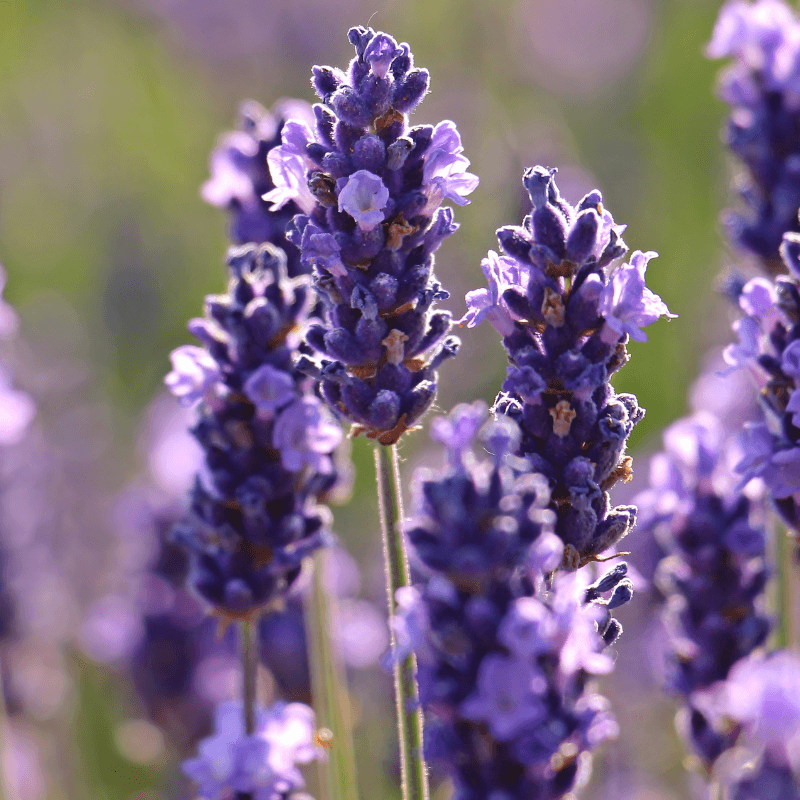
Lavender - Lavandula angustifolia
While best known for its calming scent, this fragrant herb has long been used to ease both emotional and physical pain.
Lavender was prized in ancient Greece and Rome for its ability to relieve headaches, muscle tension, and burns. In medieval Europe, it was a staple in herbal medicine for treating nerve pain and skin wounds.
Lavender is most commonly used as an essential oil, applied topically or inhaled But it is just as effective when drunk as a tea, or as a cream or massage oil to ease muscle aches and menstrual cramps.
Black cohosh - Actaea racemosa (formerly Cimicifuga racemosa)
Best known for its effects on menopausal symptoms, black cohosh also offers relief for various types of pain and inflammation.
Native American tribes used this herb for muscle pain, menstrual cramps, and childbirth recovery.
In 19th-century herbalism, it was called “black snake-root” and used to treat rheumatism and nerve pain.
Black cohosh is typically taken as a capsule, tincture, or tea.


Devil’s Claw (Harpagophytum procumbens)
Used for centuries by the San and other indigenous groups, Devil’s Claw was brewed into teas or poultices for arthritis, back pain, and digestive issues. It gained global attention in the 20th century for its effectiveness in treating inflammatory conditions, and is now used worldwide as a remedy for arthritis.
Devil’s Claw is typically taken as a capsule, tincture, or tea, and can be added to creams and massage oils for topical use. It’s best for chronic pain and inflammatory conditions but should be avoided by those with ulcers or on blood thinners.
Cancer Bush (Sutherlandia frutescens)
Another indigenous herb, Sutherlandia is an adaptogenic herb working on both the body and the mind.
Traditionally used to treat pain, fatigue, and infections, Cancer Bush is considered a general tonic for strengthening the body during illness. It’s especially valued for nerve pain, inflammation, and stress-related discomfort and recovery from illness. It’s also used to support emotional well-being during chronic pain.
Cancer bush is usually taken as a tea, but be warned, it is very bitter. Alternatively you can use a tincture.
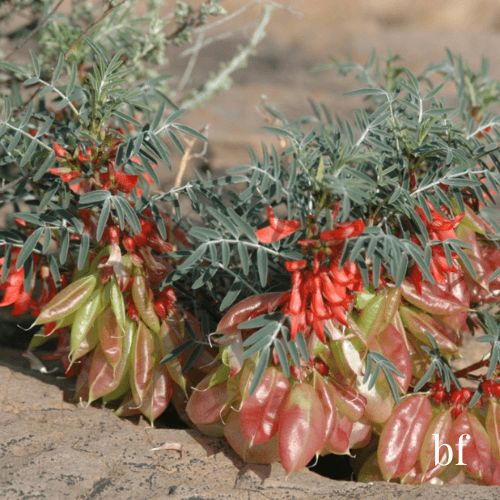

Wilde als - Artemisia afra
Also known as African Wormwood or Umhlonyane, this is one of South Africa’s most widely used traditional herbs. During the Covid pandemic Wilde als gained huge popularity as it was more effective at treating the symptoms than any of the medications prescribed by doctors.
For hundreds of years it has been the go-to remedy for colds, flu, headaches, and body pain, especially muscular and joint problems. It’s often burned, brewed, or inhaled to relieve respiratory and muscular discomfort.
Wilde Als is used as a tea or topical compress for pain. Add honey or stevia - this is another very bitter herb!
St. John’s Wort - Hypericum perforatum
This is a herb better known for its mood-lifting effects than for its pain relieving abilities. However, historically St. John’s Wort has a long tradition in folk medicine for treating wounds, burns, melancholy and nerve related pain such as sciatica, neuralgia, and fibromyalgia.
St. John’s Wort is best for nerve pain and emotional tension as it helps to regulate nerve signals and inflammation.
Usually taken as a tea, capsule, tincture, or infused oil.
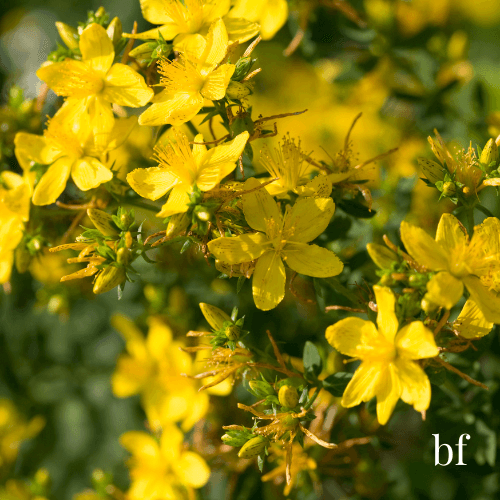
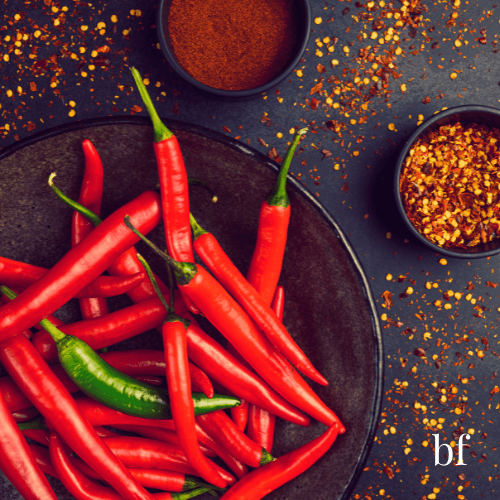
Cayenne pepper -Capsicum annuum
Used in Native American and Ayurvedic medicine, cayenne was applied to sore muscles, joints, and wounds. Today, it’s a key ingredient in topical pain creams for arthritis, back and nerve pain.
Capsaicin works by depleting the neurotransmitter that sends pain signals to the brain. This makes it highly effective for chronic pain, especially neuropathy and arthritis.
Cayenne is used in creams, oils, and patches. It can also be taken internally for circulation and digestive pain, but topical use is most common. Do not use on broken skin and always test a small amount before application as it can burn sensitive or thinning skin.
So there you are. 12 herbs that can relieve all sorts of aches and pains and without the side effects of over the counter drugs.
If you are interested in learning more about Herbal Medicine, then the Healing With Herbs course is for you.
On-line or in person classes are available, you learn how to heal the common ailments that affect your loved ones, and you make all of your own remedies. I send you a box of ingredients so you know you are using the right stuff!
Find out more here

Become a
HERB WHIZZ
How do you learn about herbs?
By joining the
Barefoot Herb Club
Where you discover one new herb every single week!






